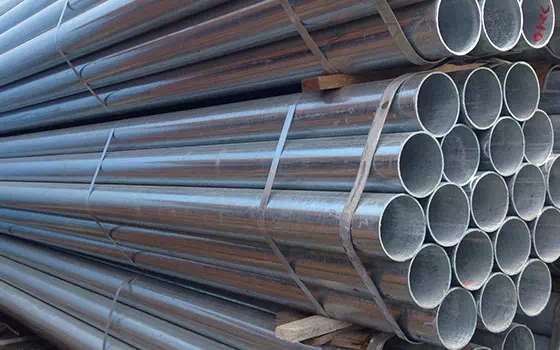Feb 05, 2024
What does the quality of galvanized pipe mainly depend on
Galvanized pipe is a metal material widely used in various industrial and construction fields.
Get a free quote quickly!
Feb 05, 2024
Galvanized pipe is a metal material widely used in various industrial and construction fields.
Galvanized pipe is a metal material widely used in various industrial and construction fields. The manufacturing process usually involves joining two or more metal parts together by heating and welding. Welding technology is crucial in this process, as it is not only necessary to ensure the strong connection of metal components, but also to ensure that the quality of the welded interface can meet the requirements of the specific application. Thankfully, the metal material of the galvanized pipe shows good malleability during the welding process, which means that even when subjected to processing methods such as overforging, it will not easily crack or other structural defects.
The application range of galvanized pipes is extremely wide, they are often used in the construction field, such as as exterior wall panels, roofing materials and so on. However, evaluating the quality of galvanized pipes depends not only on their functionality, but also on the quality of the surface treatment of the product. Checking the quality of the product surface is a key link, which usually involves careful observation of the coating process of galvanized pipes. Different treatment methods will result in different states on the surface of the product, for example, the distribution of zinc flowers may appear flat or no zinc flowers at all. These subtle differences can have an impact on the appearance and performance of the product.

When cutting galvanized pipes to fit specific dimensions, they must be very precise to avoid any defects that could affect the function of the product. In addition, the thickness of the zinc layer during the galvanizing process is also an important indicator. If the zinc layer thickness on both sides of the galvanized pipe is the same, we call it equal thickness galvanized; If the thickness of the zinc layer on both sides is different, it is called differential thickness galvanizing. This distinction has a direct impact on the corrosion resistance and durability of the product.
In short, the manufacture and application of galvanized pipes involves a series of delicate process steps, from welding and plating to final cutting and inspection, each of which requires careful control to ensure that the final product meets the high standards of use.